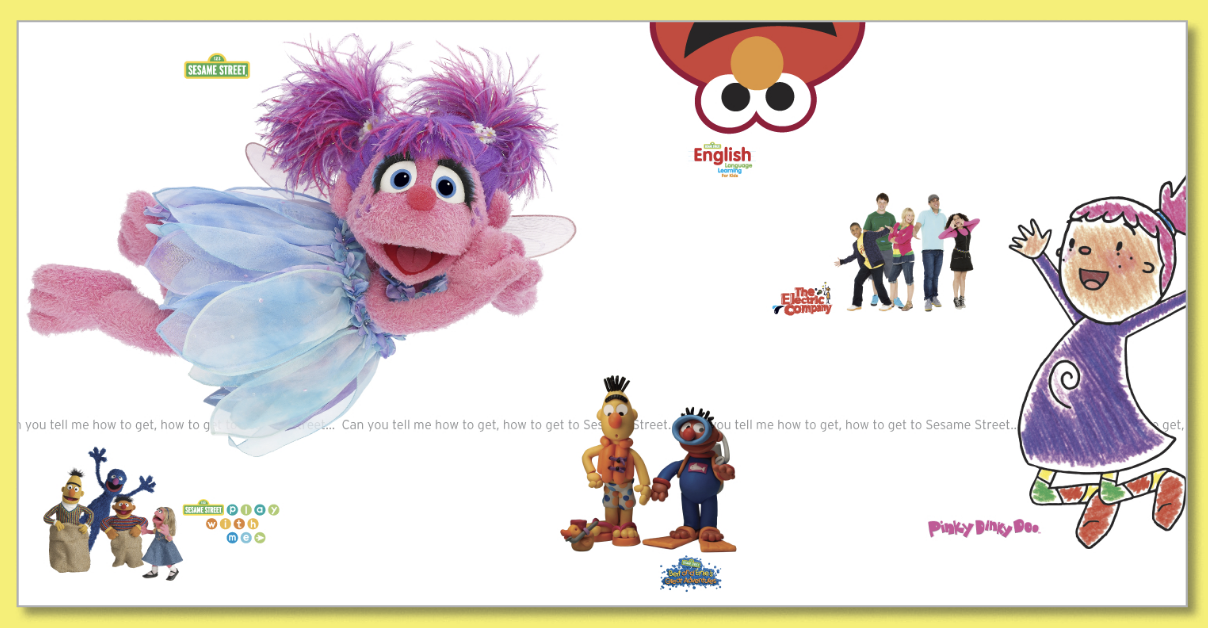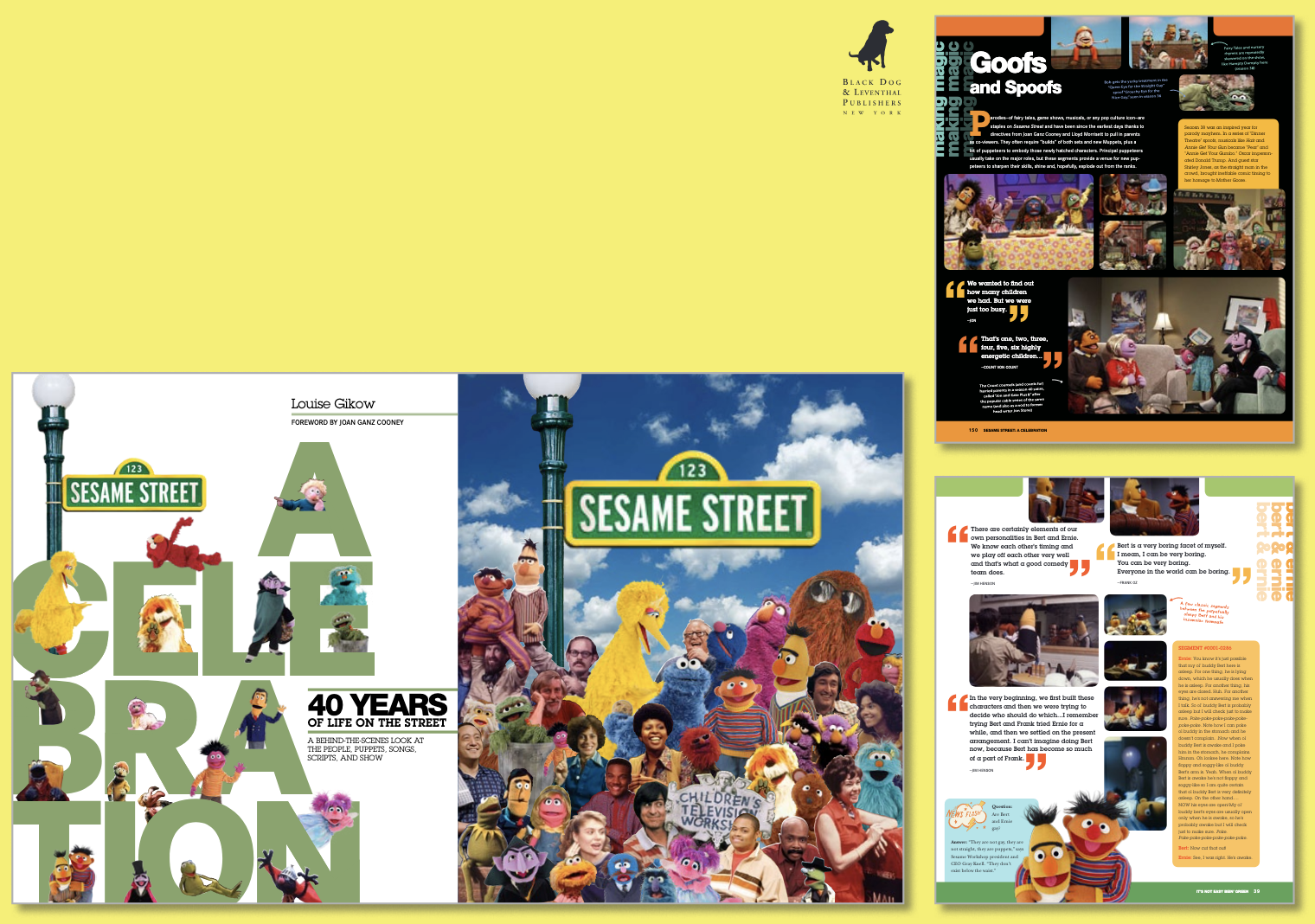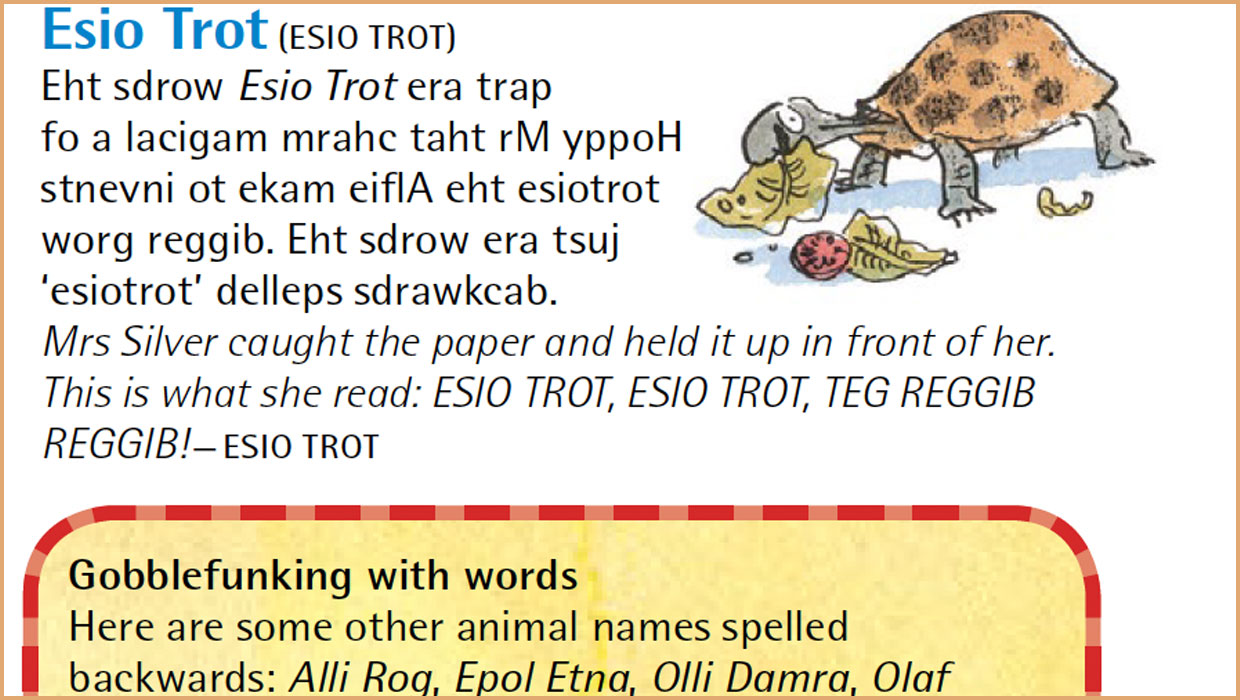InDesigners: Sesame Workshop
The creatives behind Sesame Street and many other shows for kids talk to David Blatner and spread some InDesign love.

This article appears in Issue 30 of InDesign Magazine.
When learning is fun, kids (and grown-ups) want to learn! That’s one of the driving forces behind Sesame Workshop, a non-profit educational organization devoted to making a meaningful difference in the lives of children worldwide. Founded 40 years ago as the Children’s Television Workshop, the Sesame Workshop reaches children in more than 140 countries through all forms of media, including television, books, magazines, home video, and the Internet. As U.S. President Barack Obama recently noted, Sesame Street—the television show that started it all—has “managed to remain at once relevant in changing times, and timeless in the values that it instills in our children.” The Sesame Workshop, based in New York, began using Adobe InDesign a few years ago, after many years of using QuarkXPress. InDesign is now used to lay out magazines, books, brochures, event signage, and packaging for products such as DVDs.
At the core of all of Sesame’s publishing are the Sesame Street Muppets, including classic characters such as Big Bird, Grover, and Elmo, as well as those seen typically only in versions of the show created outside the United States, such as Boombah (in India’s show Galli Galli Sim Sim) and Putri (in Indonesia’s Jalan Sesama). These characters—who teach healthy habits and an appreciation for diversity—come alive on pages laid out in InDesign.
Mark Magner, a design director who oversees much of the DVD packaging at Sesame, noted that concepts are often originally story-boarded by an illustrator. After rounds of reviews and the photo shoot, the photos are retouched and collaged in Photoshop and then the final artwork (title, text, bar codes, logos, and other art) is pieced together in InDesign.
“In the home video business, people are constantly making changes,” Magner says. “So it’s crucial that you create your files
in such a way that you can change them a hundred times.” With that goal, he points to the ability to import native, layered Photoshop and Illustrator files as his favorite InDesign feature.
Similarly, he loves the ability to make Smart Objects in Photoshop. “Illustrator handles type better than InDesign, so the title treatment is often done there. Then I copy the whole thing and paste it into Photoshop as a smart object. In Photoshop I can apply bevel and emboss or other filters. Smart objects are fantastic—I design this for something small, but it might end up being huge, like on posters or billboards.”
Laurie Murphy is a freelance designer who works on Sesame Workshops’ outreach magazines, such as Panwapa (produced in 7 different languages). While some magazine work is still done in QuarkXPress (due to their frequent need to repurpose legacy layouts), Laurie says, “I love InDesign!” and counts the Layers panel as her favorite feature. Comparing the two programs, she says of InDesign: “It’s just so intuitive. Quark is so rigid. There aren’t as many options to do things. The layering, the importing of files… it’s just night and day.”

The photographs, titles, text, and other artwork for these Sesame Workshop video products are designed by Mark Magner and laid out based on an underlying line art template created in Illustrator.

An invitation to a screening of the Sesame Street Planetarium Experience in Washington, D.C., featuring Sesame Street China’s Hu Hu Zhu, Big Bird, and Elmo.

A large-format 10’×5′ (3m × 1.52m) event wall sign for the MIP Trade Show, showing Abby Cadabby and other characters from Sesame Street, The Electric Company, and Pinky Dinky Doo. Sesame Workshop produces many events, including fund raising functions, all around the world. These two pieces above were designed by Carol-Anne Ryce-Paul and produced by Sesame Workshop’s Creative Services department.

Sesame Workshop is producing a 40th celebration book, to be published by Black Dog & Leventhal on Nov. 10, 2009—the anniversary of the show’s debut. The book offers an unprecedented behind-the-scenes look at Sesame Street’s history, characters, and creators. Note that the book’s title actually prints on the back cover. Written by Louise Gikow and designed by Andy Taray/Ohio Boy Design, with art direction by Colleen Pidel.

Everything Sesame Workshop creates is an elegant combination of education and playfulness. For example, even the annual report, designed by Beth May, includes aspects of serious work and fun—as a muppet character called “The Count” appears on a page of accounting.
May notes, “After being a Quark user for 13+ years, I officially made the switch to InDesign in 2007. I really love InDesign’s seamlessness with Illustrator and Photoshop and I appreciate the time I save with its preflight features and automatic file updating.”

Materials for Sesame Workshop’s 40th Anniversary Gala were designed by Robin Rosenthal, who says, “I love being able to cut and paste vector files directly from Adobe Illustrator. Both the Sesame Street logo and the ‘40 years’ logo had been created in Illustrator and I was able to cut and paste them into my InDesign file and work with them easily.”

The Electric Company Magazine is produced by Sesame Workshop as an educational resource for children 6 to 9 years old. It captures the frenetic, fun feeling of the television show, while offering educational games and articles. Design by Plus; illustrations by Jesse Hamm, Dario Brizuela, and Plus.
Commenting is easier and faster when you're logged in!
Recommended for you

InDesigner: LensWork
A look at LensWork, a magazine devoted to black and white photography, is produc...

InDesigner: Roald Dahl Dictionary
Kelly McCathran shares the story behind a wonderful, whimsical dictionary for th...

InDesigner: Modern Dog
Pam Pfiffner interviews this Seattle firm about their posters, packaging, pups,...




